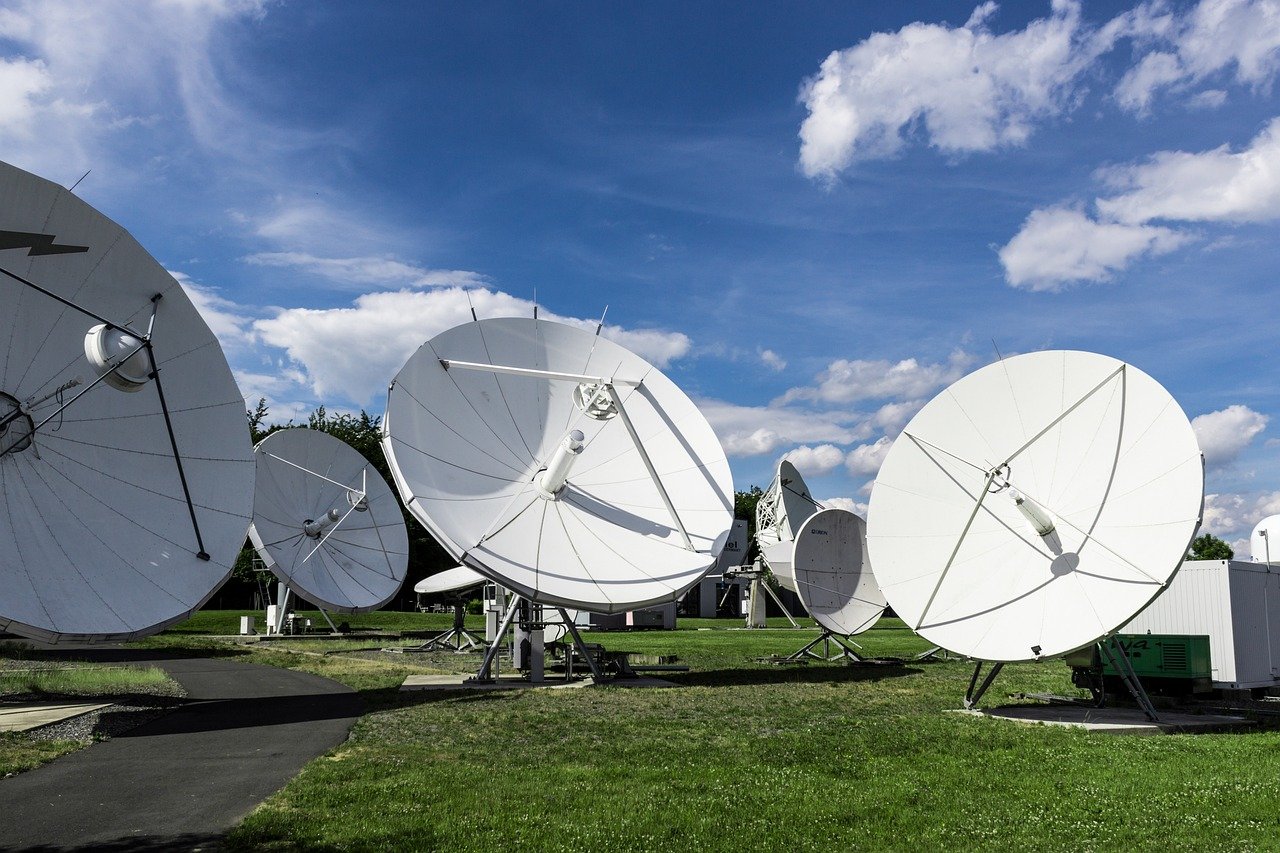The pros and cons of internal communication channels
As a leader or executive, have you ever stopped to think about the best communication channel to reach your employees? Not your personally preferred channel, but the channel that will deliver the best outcome for your purpose and that of your employees.
SWOOP Analytics CEO Cai Kjaer was recently asked by an executive what he believed was the best communications channel to reach his employees. The answer isn’t so simple. In fact, there are pros and cons with all channels. It prompted Cai to make the following LinkedIn post.
Cai’s post
A conversation with a senior leader about the choice of the best communication channel started like this:
"I want to celebrate a colleague who has been promoted. I'd like people to congratulate the person, but also want people to reflect on what a career means at our company. Which communication channel should I use?"
In my experience, the choice of channel is not often considered by the sender, and the chosen tool is too often a result of what the person is comfortable with rather than what best delivers the desired outcome.
I came up with this list of pros and cons of a set of popular channels, given that this leader works in a large global company. I appreciate that options and choices are context-specific, so I'd love to hear what you think given the specific context.
Pro: Direct, personal, and can reach specific individuals quickly. It's also familiar to most people.
Con: Doesn't encourage broad interaction or visibility. It's not ideal for fostering a sense of community or open conversation.
Viva Engage
Pro: Viva Engage is excellent for fostering open conversations, celebrating achievements, and reaching a broader audience. It's also great for senior leaders to have two-way conversations, ask questions, and listen to what colleagues are talking about.
Con: Some people might still prefer to respond privately via email or Microsoft Teams chat rather than broadening the conversation on Viva Engage.
Microsoft Teams chat
Pros: Instant, personal, and encourages quick feedback. It's great for immediate recognition.
Cons: It's more private and less visible to the broader team or organisation.
Microsoft Teams channel message
Pro: Visible to everyone in the channel. It encourages group conversation and collaboration.
Con: Might not reach people who are not active in that specific channel.
SharePoint Intranet news article
Pro: Wide reach and longevity. It can be a formal and lasting recognition of the colleague's promotion.
Con: Interaction is limited, and it might take time for people to see the article.
Cai Kjaer, CEO, SWOOP Analytics.
Considering that this particular leader wants to celebrate, encourage congratulations, and stimulate reflection on career paths at their company, I'd recommend using Viva Engage. It's great for starting broad, open conversations and fostering a sense of community. The leader could follow up with a news article on SharePoint for a more formal recognition. Or do it the other way around.
What would you have suggested?
Cai’s LinkedIn post created some robust discussion
Anne Holland, Internal Comms Channels Specialist, NFU Mutual.
Anne Holland, Internal Comms Channels Specialist at NFU Mutual, commented that the desired outcome should determine the choice of channel. Think about whether you want to send a broadcast comms, or whether you want to engage in conversation.
In the case of the senior leader wanting to celebrate the colleague who had been promoted, Anne replied: “It depends on the circumstance but typically I’d say (Microsoft) Teams channel and/or (Viva) Engage.
“If it’s a Management Appointment, then intranet plus email wrap and possibly also (Viva) Engage (to encourage conversation).
“The desired outcome should always determine the choice of channel…are you broadcasting or going for engagement? Is it a cascade or ‘send to all’? Is speed of essence (think incident comms)?
“Ultimately, a mix of channels satisfying different preferences is often the best choice.”
Elena Sergis, Digital Workplace Manager at The NRMA, highlighted the importance of first informing direct team members of their colleague’s promotion, and then suggested celebrating the colleague with a Viva Engage post.
“My suggestion would be start by announcing in to the direct team involved first - open forum, like a team meeting, so team mates can celebrate (you’d be surprised how many people miss this step before openly announcing it!),” Elena said.
“Then I’d suggest they communicate this in a direct Viva Engage community specially created for this very purpose. Ours is called ‘Movers & Shakers’ and a great avenue for people all movements so coworkers can join in too!”
Melissa Quackenbos Rosen, Collaboration Program Manager.
Collaboration Program Manager Melissa Quackenbos Rosen agrees with Cai that Viva Engage would be the best option in the case of the senior leader wanting to celebrate the colleague who had been promoted, but pointed out the importance of asking a question in the post.
Research from SWOOP Analytics has found asking a question in a Viva Engage post leads to 150% more replies.
“I’d agree that Viva Engage is the best option for fostering conversation, assuming a company is actively promoting/supporting its use,” Melissa said.
“It would be especially useful to prompt a discussion/sharing about ‘what a career with that company means’ because you can spark the conversation by asking your audience a question.”
Melissa also reminded the leader that once they had posted in Viva Engage, it was important to actively participate in the discussion by reacting and replying to comments.
Join Cai’s LinkedIn discussion to add your suggestions.






